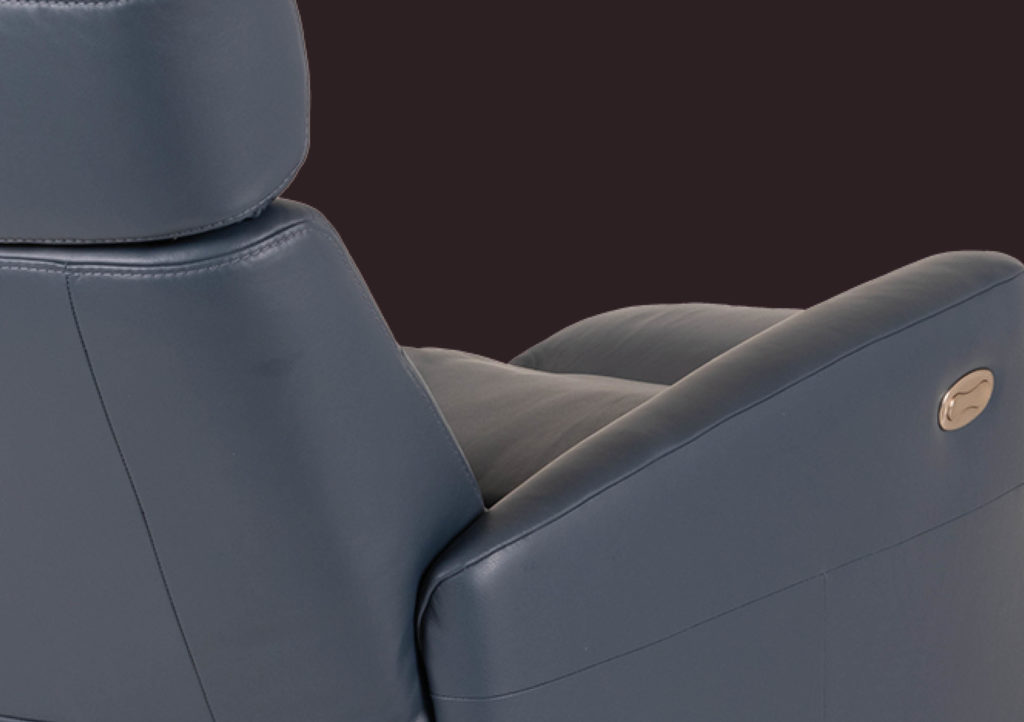
Product care
Thank you for your interest in H2 Seating products!
Having knowledge of how to care for your furniture ensures added value and longevity of your H2 furniture. To help you protect your investment carefully read and follow our advice and instructions.
It is strongly recommended that the following care instructions are followed. Frequency of the care schedule will depend on how much the product is used.
Assembly
Before assembly, please remove any transportation support and protection. Please assembly the furniture according to the assembly instruction following the product. Please contact us directly or contact your H2 retailer if you cannot find the assembly instruction.
Do not operate the furniture if it is not correctly assembled. Bolts, screws and knobs can loosen after an extended period. This can create damage to the frame and instability to the furniture. Therefore, it is important to check and tighten all bolts, screws and knobs periodically.
Moving
Unless the furniture is fitted with castors, it is not recommended to slide or drag it. By sliding or dragging your furniture, breakage can occur. Never move the sofa or chair by dragging or lifting by the armrests: the correct way to move the furniture is by lifting it from underneath the base / arm.Protect the edges of your furniture while in transit.
Operating Furniture Safely
Furniture with moving mechanisms should be operated with care. Sitting or standing on an armrest or a footstool is unsafe and never recommended. Keep chair seats and backs in an upright position when not in use.
Do not allow children to play with or near mechanized furniture or to operate mechanisms. It is recommended that you ask your H2 retailer for a complete demonstration of all the operating features. If you have any further questions regarding correct operation, please contact H2 Seating directly.
Environment
All H2 selected fabric and leather coverings are stringently tested to ensure the highest possible quality standards.
To ensure these coverings provide a long life, a number of precautionary measures should be taken.
When arranging furniture, it is important to protect it from extreme heat and cold fluctuations. For example, damp conditions can cause mold. Hot radiators and other heat sources can cause color fading, as well as a drying effect that can add to the breakdown of protective finishes.
Prolonged exposure to sunlight will also cause damage and fading of all fabric and leather coverings.
Heat and sunlight
Always keep your furniture away from heat and cold sources and do not expose your furniture to direct sunlight. It is also advisable to make sure the room’s humidity is at a normal level.
Do not use therapeutic wheat bags on the furniture. Wheat bags can overheat quite easily and cause damage to the furniture.
Cushion Care
Keeping cushions plump and comfy is a simple procedure. Because they flatten to some extent after regular use and adopt the shape of the user, a regular fluff and rotate will ensure more even wear. If the cushions are reversible, turn them regularly.
If you purchase sofas that have a fiber, foam or down filling, it will be necessary to re-model or ”dress” them to ensure they return to their initial look, when they may have been compressed or altered during transit.
During the first months of use, polyurethane fiber padding tends to soften before permanently stabilizing. This setting may also create slight folds on the covering, which is a completely normal characteristic of the product.
Avoiding Accidental Cover Damage
While accidents can occur, planning ahead can avoid most costly mishaps. Buckles, belts, rings, studs on jeans and other objects can snag or tear even the strongest upholstery fabrics or damage or deeply mark leathers. Soiling and deterioration will also occur if pets are allowed to use unprotected seat covers.
Felt pads or rubber/plastic feet are recommended if the furniture is to be placed on wooden, parquet, tile, or other non-carpeted floor surfaces.

